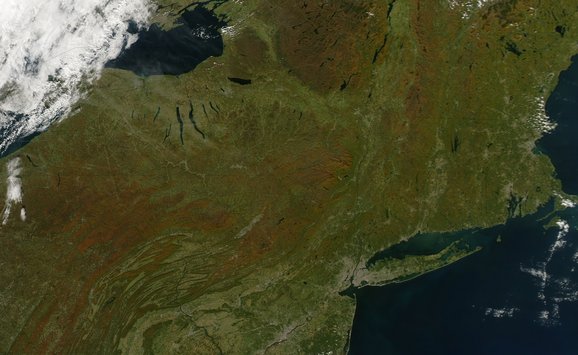Oregon has committed to reducing emissions of greenhouse gases by 75 percent, relative to 1990 levels, by 2050. In 2018, the Oregon legislature created the bipartisan and bicameral Joint Interim Committee on Carbon Reduction to study legislative carbon pricing options to achieve these goals, which we have previously provided with testimony. In November 2018, Governor Kate Brown issued the Oregon Climate Agenda with her vision for achieving this goal, which includes market-based greenhouse gas emissions pricing.
In a new report, we provide two memoranda, sent to the Oregon Climate Policy Office, which provide a primer for understanding the choices facing the state. The first memorandum provides an overview of the economic issues associated with state-wide carbon pricing. The second memorandum addresses specific elements of market design for an emissions cap-and-trade program.
Oregon’s leadership in climate policy sets an example for other states, but for it to succeed, the policy must benefit Oregon. Climate policy is most successful when it springs from an overall vision about the economic and environmental quality of life. After reviewing the literature and empirical experience in existing market-based programs, we conclude that economies with cap-and-trade systems in place thrive, achieving emissions decreases and positioning themselves for the wave of innovation to be expected in the twenty-first century.
Cap and trade provides incentives for the technological change that will be required to address climate change, and it is expected to be more efficient than prescriptive regulation. However, the pace and extent of this change will depend on the carbon price. Due to economic competition from neighboring jurisdictions that do not price carbon emissions, the existing cap-and-trade programs in North America and Europe have carbon prices currently that are less than what economists estimate to be the social cost of a ton of carbon emissions. Our assessment indicates that even a modest carbon price can be expected to increase innovation and changes in firm behavior that encourage emissions reductions. However, a modest carbon price leaves a role for complementary sector-specific policies to spark innovation and stimulate and coordinate investment in infrastructure.
Economic transitions can be difficult, but carbon pricing provides the tools to address these difficulties explicitly. For example, whether the policy is regressive or progressive depends almost entirely on how the proceeds from carbon pricing are used, which is a key decision in designing a program. The potential leakage of emissions and economic activity out of the state can be addressed through allocation of emissions allowances to provide a production incentive for clean industry. Elements of program design including banking and a price floor and ceiling can limit overall cost and fluctuations in allowance prices. Credits for reductions achieved out of the emissions market can offer ecological benefits and opportunities for economic development.
One of the most important decisions for Oregon to make is whether to link its trading program with the larger Western Climate Initiative. This would result in lower costs and less fluctuation in Oregon’s allowance market. Linking with the Western Climate Initiative can leverage Oregon’s leadership to provide a stronger signal to other states and the nation. As this and other decisions are being considered, the legislature and governor are poised to take an important step for Oregon and the nation.
The views expressed in RFF blog posts are those of the authors and should not be attributed to Resources for the Future.





